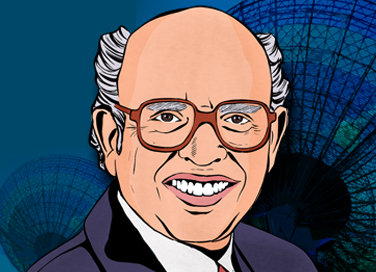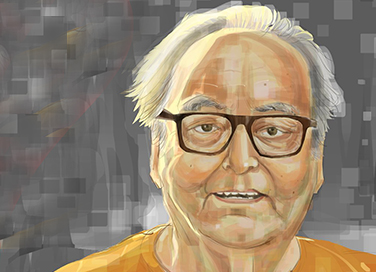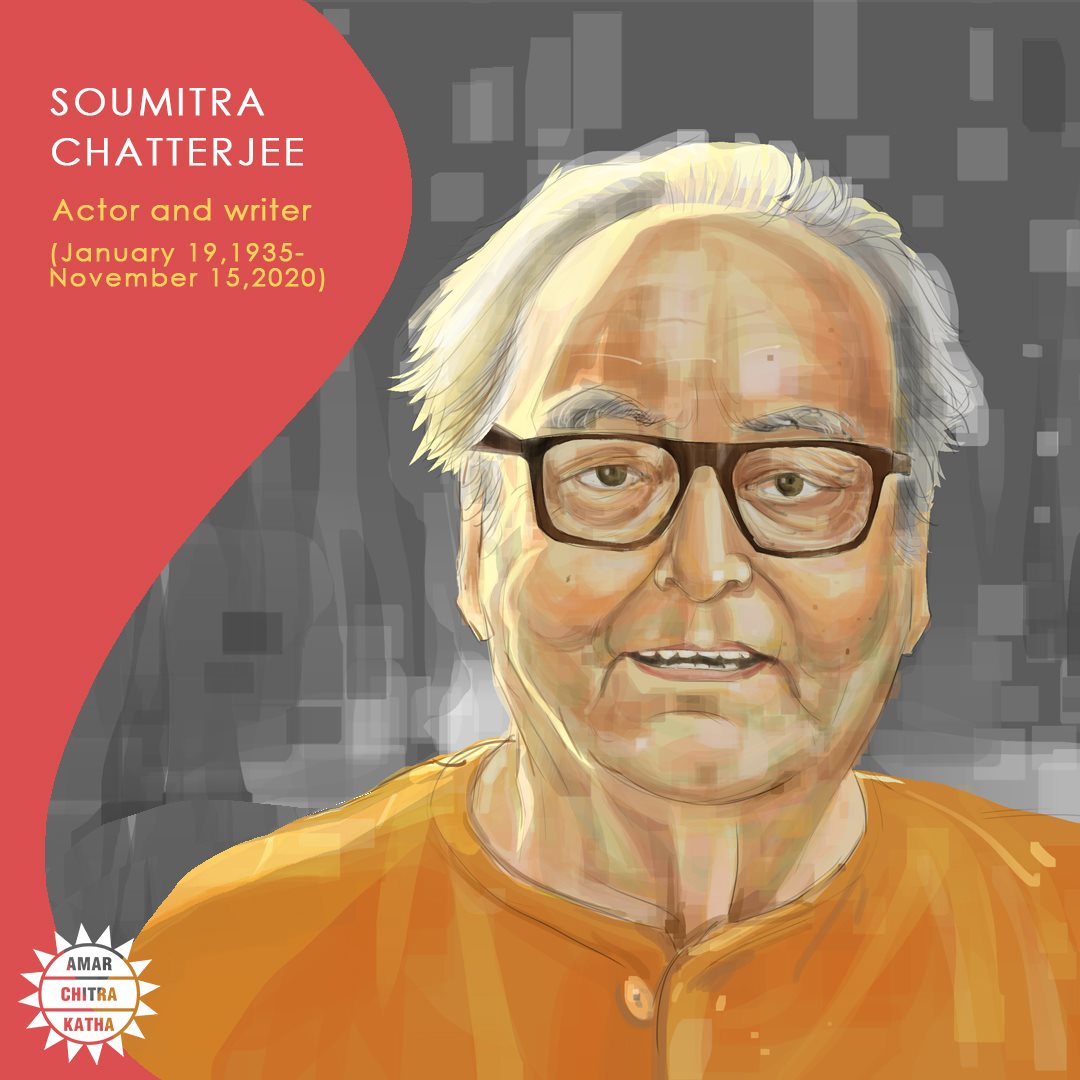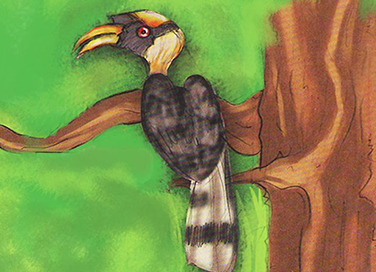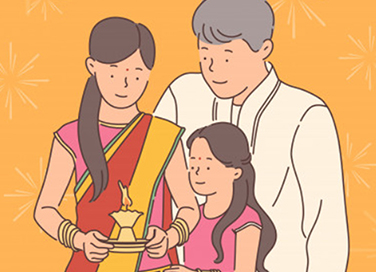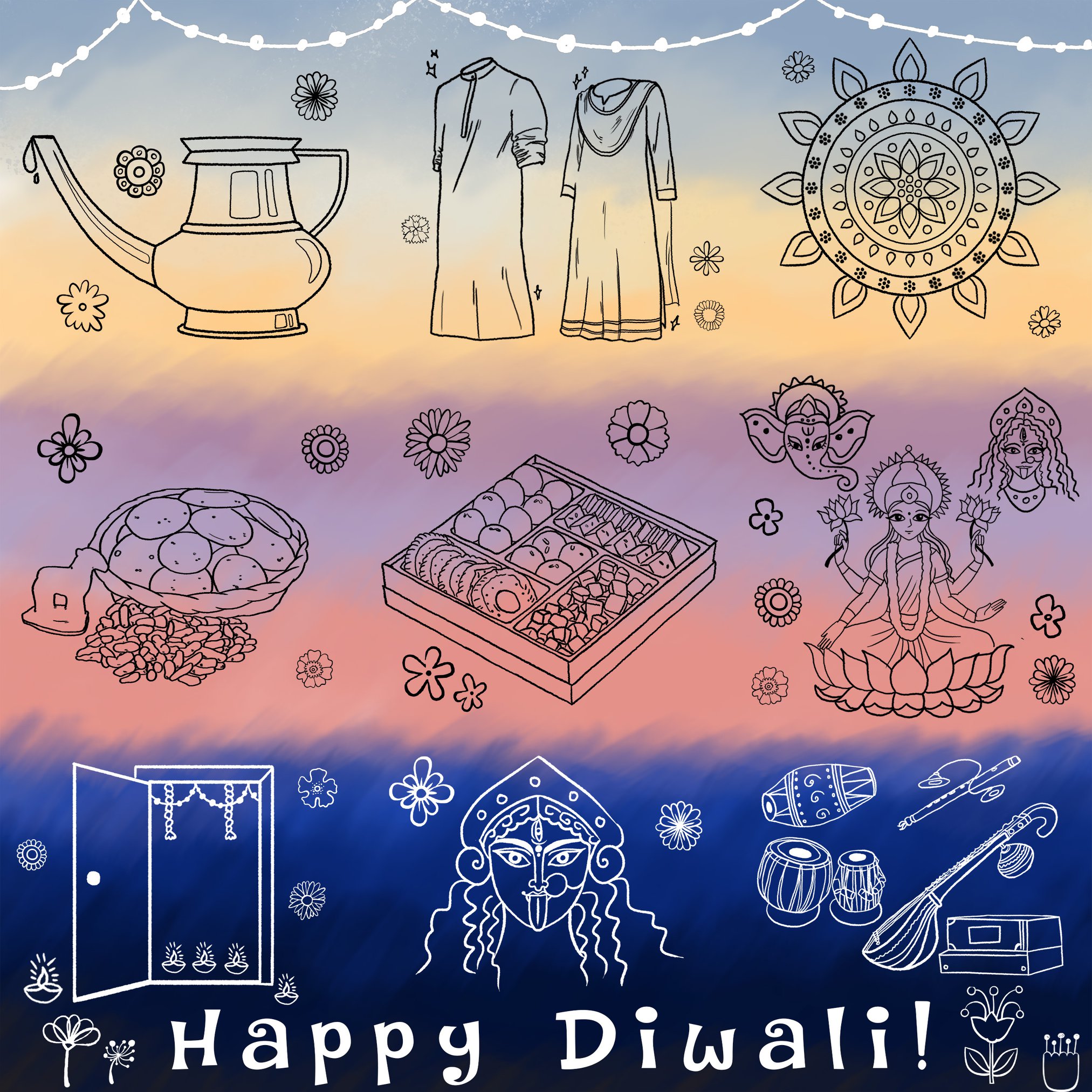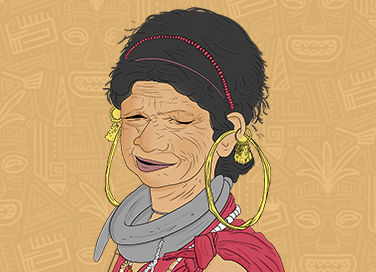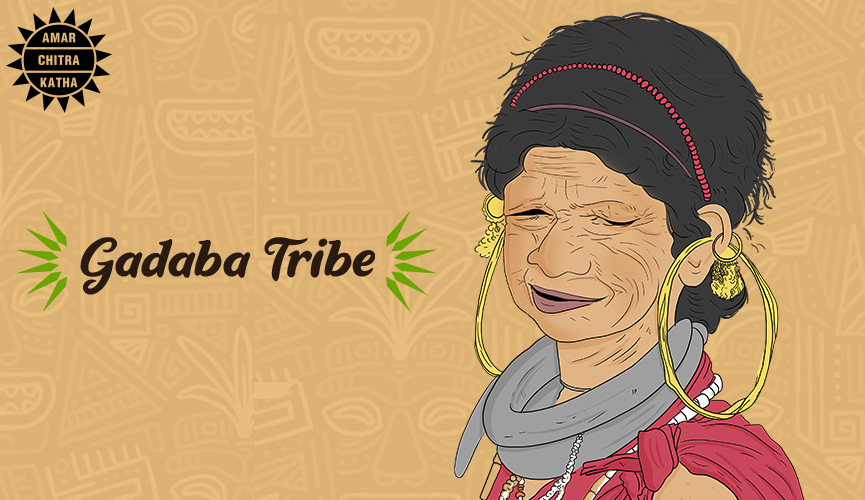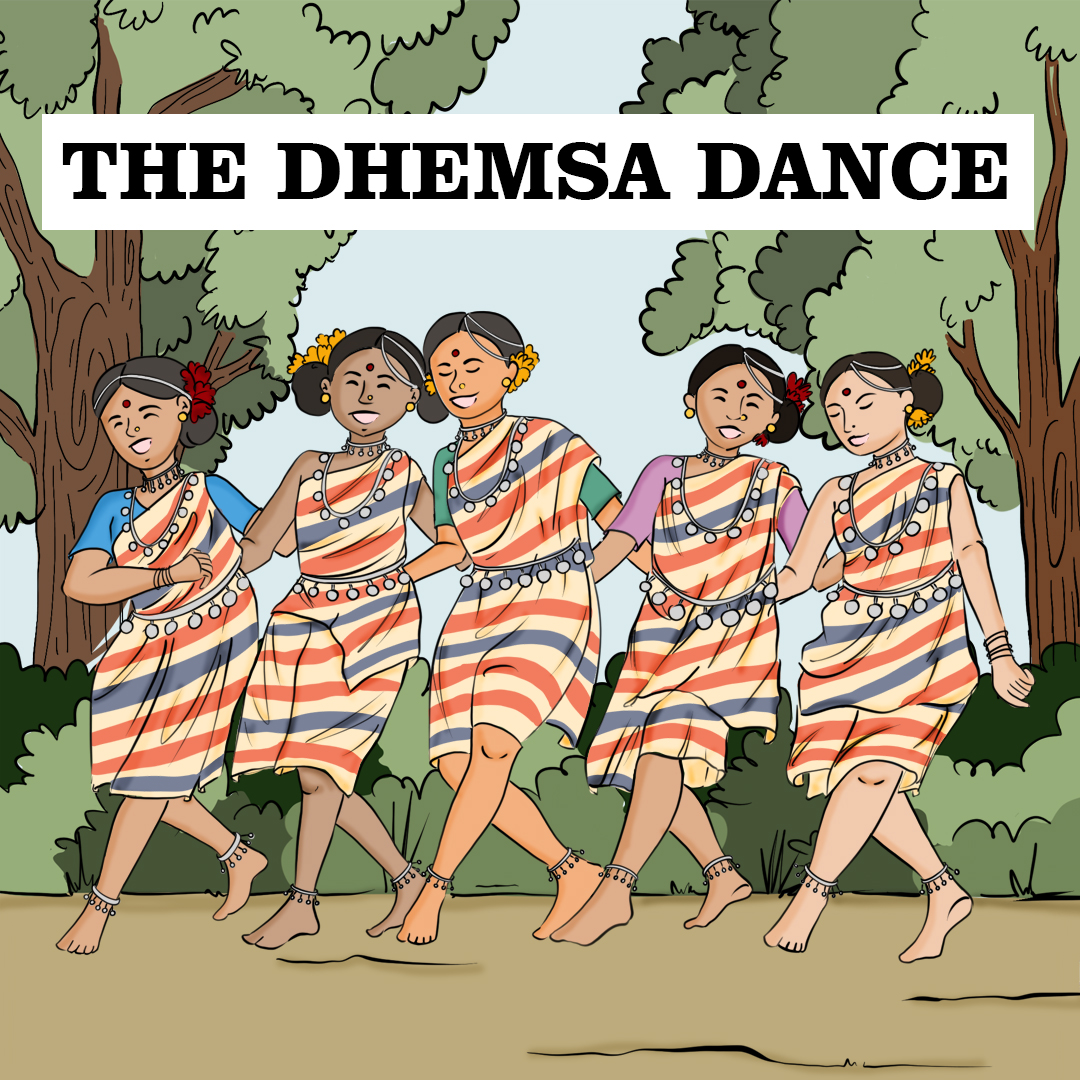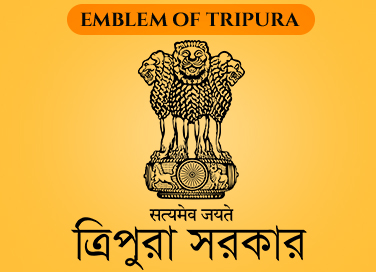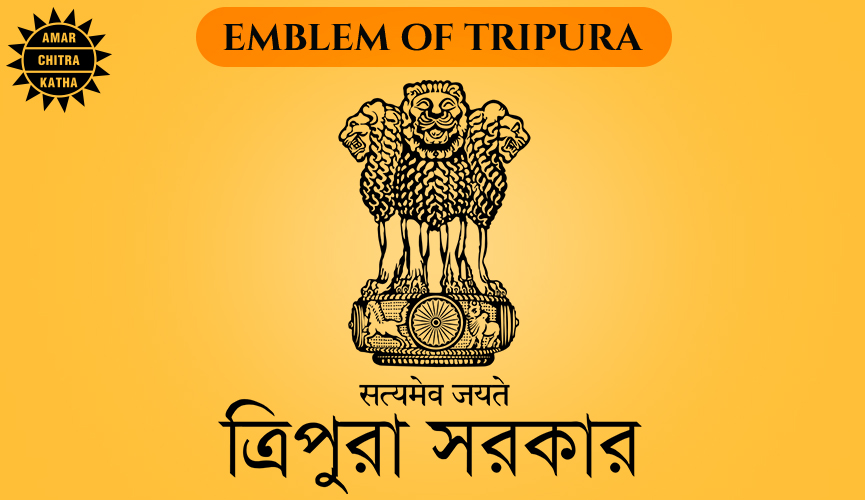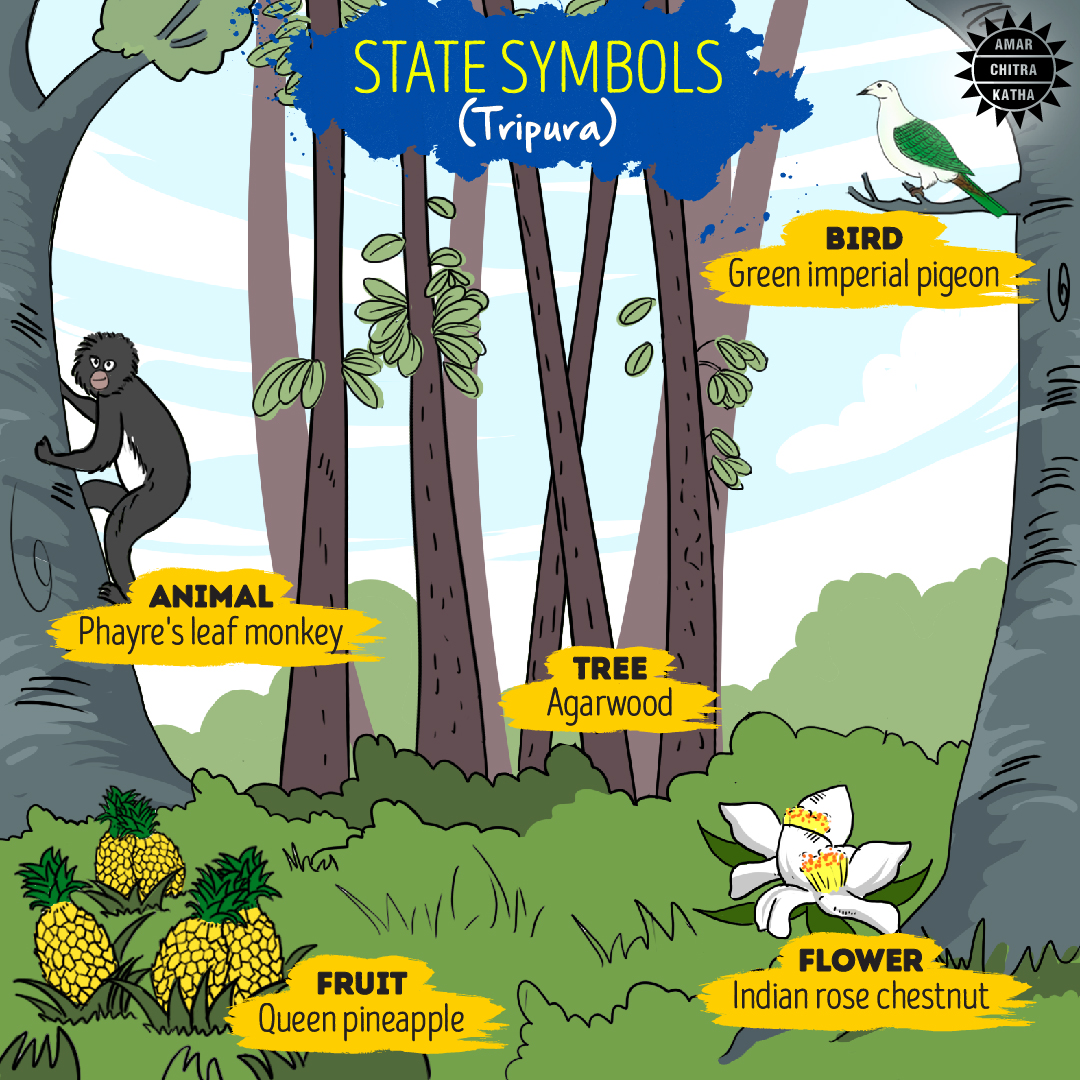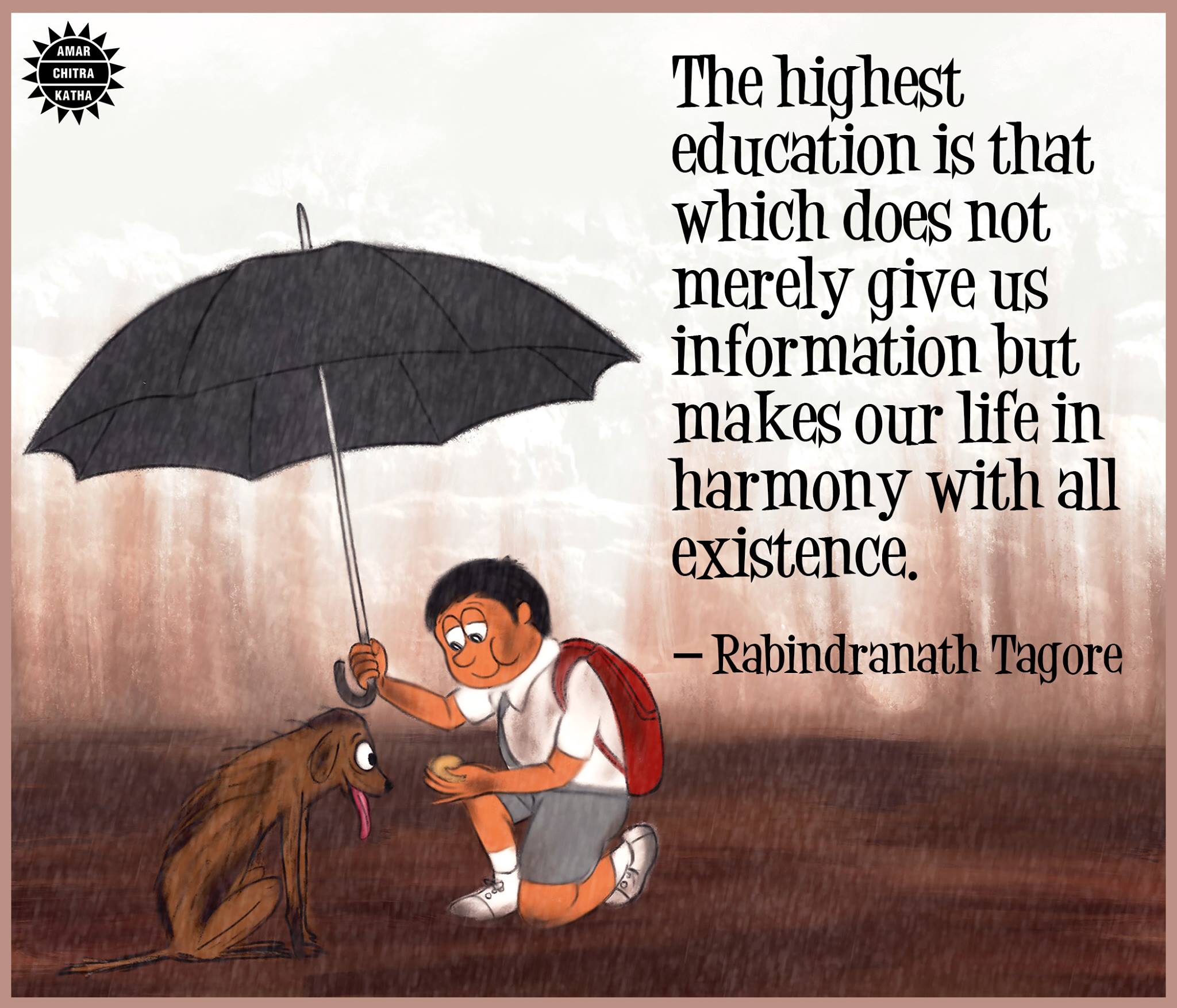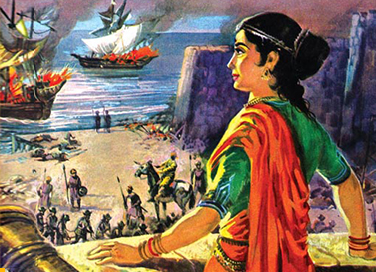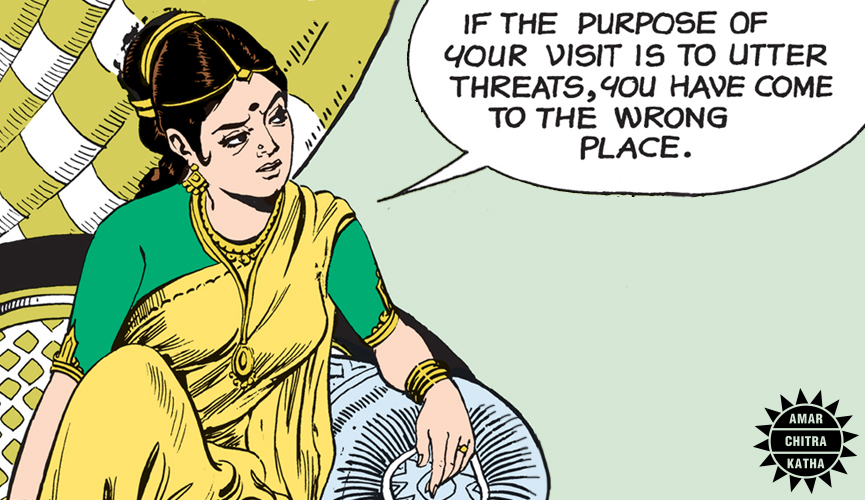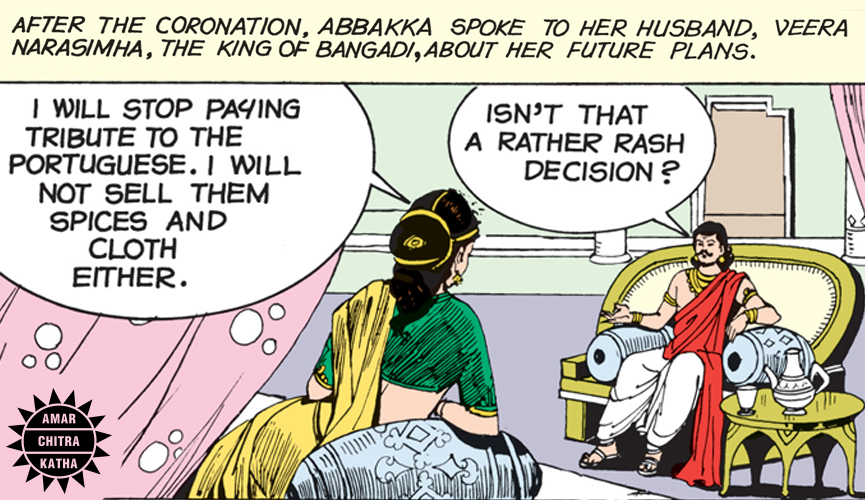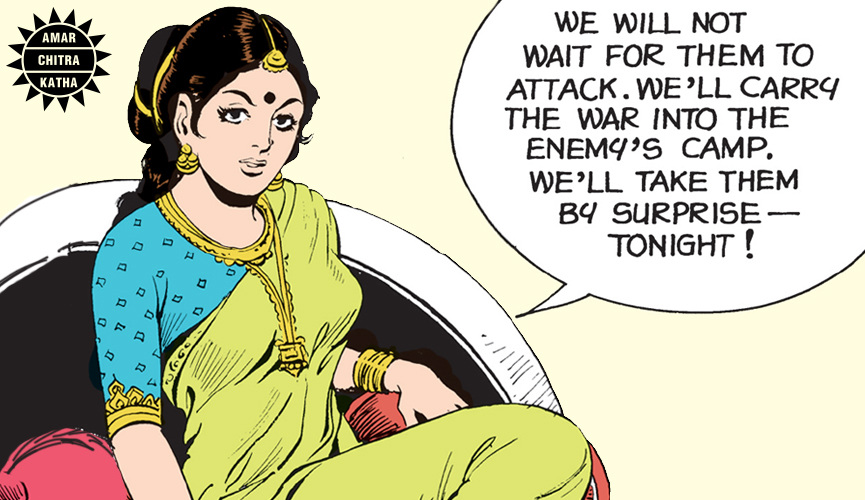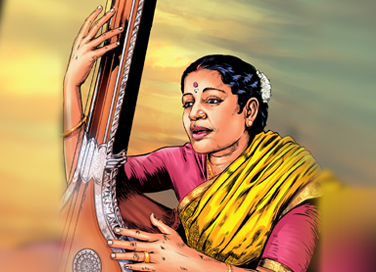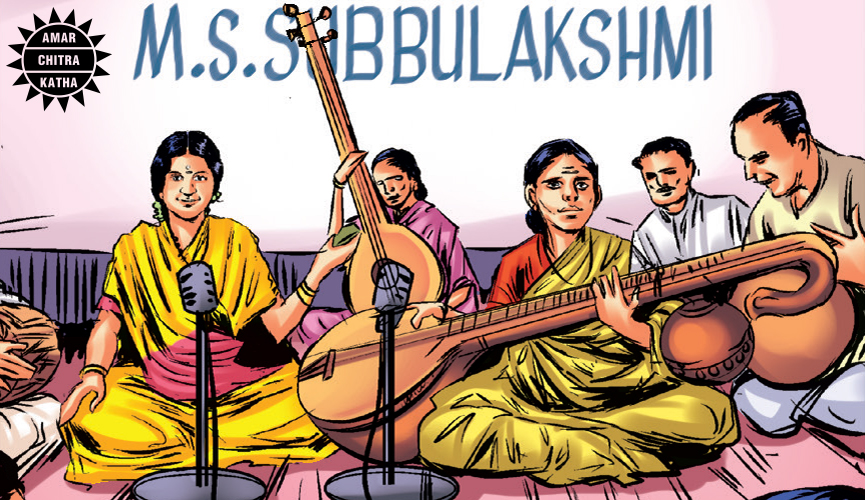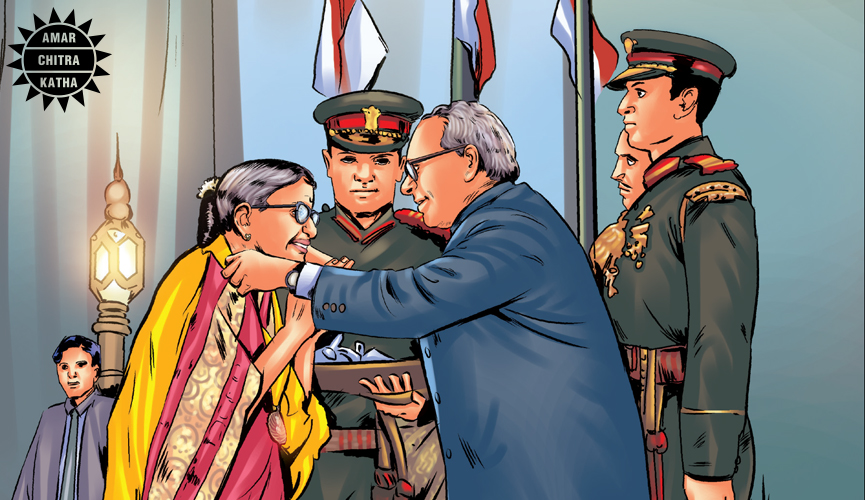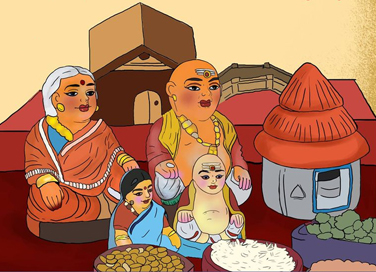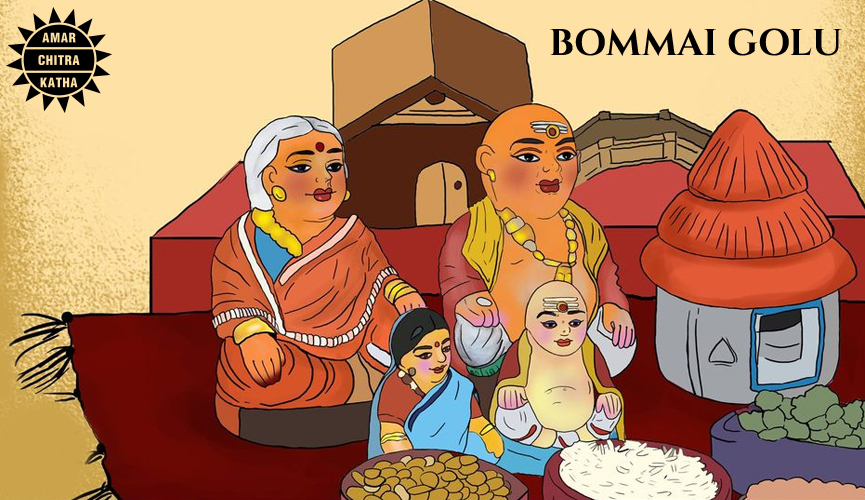By Srinidhi Murthy
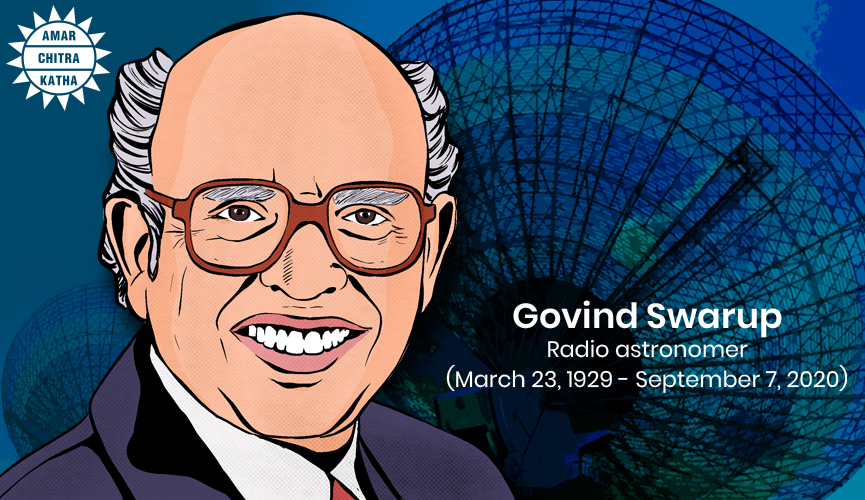
Govind Swarup was one of the pioneers of radio astronomy, responsible for building one of the world’s largest telescopes, making India one of the leading countries in astronomical research. For his immense contribution in the field of astronomy, he is called the Father of Indian Radio Astronomy.
Early years
Swarup was born on March 23, 1929, in the town of Thakurdwara in Uttar Pradesh. In one of his interviews, he stated that his mother wanted him to become a civil engineer, but his father and uncle encouraged him to pursue a career in science, a subject very dear to his heart. While pursuing his masters degree at Allahabad University, he got an opportunity to learn from the veteran physicist K.S. Krishnan who taught him electricity magnetism in his first year. In 1947, Swarup also had the good fortune of meeting the Nobel Laureate Sir C.V. Raman.
Higher Education
After obtaining his masters degree from Allahabad University in 1950, Swarup joined the newly formed National Physical Laboratory (NPL) and began to work in the area of paramagnetic resonance, once again under the guidance of K.S. Krishnan. In 1960, he completed his doctorate focused on solar emissions from Harvard University, and later worked as an Assistant Professor at Stanford University. He later joined Tata Institute of Fundamental Research in 1963 after spending seven years in the USA.
Designing Telescopes
While Swarup was in Stanford, Homi Bhabha wrote him to join them as he trusted his abilities to design bigger equipment for them. Faced with this new challenge, he built a parabolic cylinder which could follow the stars with the counter-rotation of earth. He was also the key scientist behind the concept, design and installation of the Ooty Radio Telescope (India) and the Giant Metrewave Radio Telescope (GMRT).
Today, the Giant Metrewave Radio Telescope (GMRT) is used widely by scientists from all over the world to study various astronomical bodies. In 2018, scientists were able to identify the most distant galaxy ever known to man with the help of this telescope, located at a distance of 12 billion light-years away.
When Swarup created the first design of the telescope, India’s funding in science was limited. However, he was an intelligent and resourceful scientist. Swarup figured out one way to minimise cost would be to use stainless steel mesh instead of solid metal for the large dish. This also made it more manoeuvrable. His innovation was widely acclaimed as it hugely reduced the wind load and made it more energy efficient. The GMRT also helped scientists witness the Ophiuchus Supercluster explosion, which is considered to be the biggest explosion in the history of the universe.
Always smiling, Always inspiring
Swarup was known as the ever-smiling scientist among his colleagues, taking up impossible tasks and inspiring his colleagues to achieve them. He was a positive person whose ideas about science and education sparkled with creativity. For most of his later life, Swarup resided in Pune with his wife Bina and two children.
His Legacy
Swarup received several awards including the prestigious awards such as Padma Shri in 1973, the URSI Dellinger Medal in 1990, the C.V. Raman Medal in 1993, the Hershel Medal of the Royal Astronomical Society in 2005, and the Grote Reber Medal of Australia in 2007.
Swarup breathed his last on September 7th, 2020, at the age of 91 after a period of short illness. The GMRT, which was proposed and completed by him between 1987-1997, is still regarded as the world’s largest radio telescope operating at a frequency range of about 130 MHz to 1430 MHz. He also made significant contributions in areas such as solar radio emission, interplanetary scintillations, pulsars, radio galaxies, quasars and cosmology.
Each year on National Science Day, the GMRT Observatory in Khodad, Pune, invites students and the general public to visit and listen to explanations of radio astronomy, receiver technology and astronomy. They also encourage students to put up their science experiments at the exhibitions, inspiring them to dream beyond the stars just like Govind Swarup.




